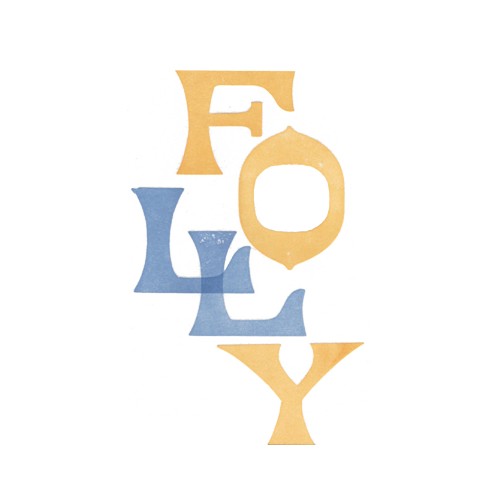The tower on Leith Hill was erected in the 1760s by Richard Hull. The hillside wasn’t actually his property, but his home was nearby and he leased the plot from the landowners, the Evelyn family of nearby Wotton. It became a popular attraction and in 1790 it was said that the view from the tower was ‘esteemed equal, if not superior, to any in the kingdom’. Hull was so fond of his tower that he designated it as his mausoleum.
Tag: Leith Hill Tower
‘Famous Follies’: a Nineteenth Century View
In 1896 a new publication was launched in Britain. Pearson’s Magazine was a miscellany of fact and fiction, and is best known today for a landmark event of 1922: the appearance of the first ever crossword puzzle in a British publication. Only a year after it first appeared on newsstands the magazine was attracting writers of the highest calibre, including H.G.Wells whose The War of the Worlds was serialised in 1897. But of course what caught the eye of the Folly Flâneuse was an article from 1898 when Edward le Martin-Breton, wrote an illustrated article on ‘Famous Follies’.
Baby House Towers, Whalley, Lancashire (via a bit of trigonometry)
When the great folly builders of the 17th and 18th centuries were erecting statement buildings on the high points of their estates, they can little have known how useful they would be to the Board of Ordnance. The ‘Principal Triangulation of Britain’ was a trigonometric survey, begun in the late 18th century, which by determining precise coordinates of significant landmarks would enable highly accurate mapping. The main landmarks used were church spires, but ‘other remarkable objects’ were picked, and in the first decade of the 19th century over 50 towers, temples, obelisks, summer houses and follies made it into this category.



